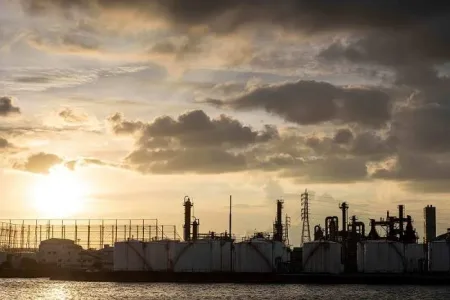Logistics are fundamental to the smooth running of your operations. The supply chain helps to keep the cogs of business turning. Without an effective logistics network, every part of your business can be impacted, from cash flow to partner relations and public reputation.
Below, we outline the options that you can consider when it comes to effectively moving your goods inside and out of the country.
Road freight
For national and intracontinental logistics, road freight is the most common method used. It’s cost-effective, efficient and flexible, allowing businesses to meet stakeholder demands more promptly. It relies on one form of transport from end to end, making it a trustworthy method with minimal hassle.
Perhaps the biggest downside is weight and size restrictions because of legal limits on road networks. Haulage can also be vulnerable to traffic delays, accidents, unfavourable weather and tight border restrictions, so you might want to consider transport insurance if you’re establishing or expanding operations involving road freight.
Rail freight
Rail networks are very well established in the UK and are a reliable option for domestic logistics. Trains typically run to fixed schedules, meaning that scheduling can be done with greater precision and with fewer disruptions. Trains can also carry heavier and unusual loads that wouldn’t be permitted on roads, so they’re economical for larger capacities.
It’s a reliable method but this doesn’t make it very flexible. Fixed train times and limited tracks mean that you’ll be struggling to make quick changes if needed. Train stations are fixed locations, so you may have to rely on haulage to get your goods to the final destination.
Ocean freight
The go-to option for bulkier cargo is ocean freight. Container ships and tankers can carry far larger loads and much greater weight overall, making them an economical option for companies needing international logistics on a grand scale. Commodities such as oil, metals and ores are incredibly heavy and can’t be shipped by air. Transportation by sea is also the most sustainable because of larger capacities and lower emissions relative to air and road travel.
There’s no getting around the fact that ocean freight is the slowest of all, though, and can be subject to stormy weather and disruptions at sea. You’ll also likely be sharing loads with other companies, making processing at either end more timely.
Air freight
Taking to the skies is the speedy option if time isn’t on your side. It’s by far the quickest mode of transport for goods and is crucial for cargo that’s perishable but travelling long distances, such as food and medicine. There are usually fewer documentation requirements and less rigorous border controls with air freight, so it’s great for international logistics.
It’s time-efficient and secure, but you pay for it. Air freight is by far the most expensive logistics approach, but it’s absolutely necessary in many industries.



